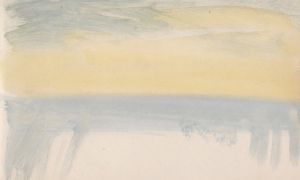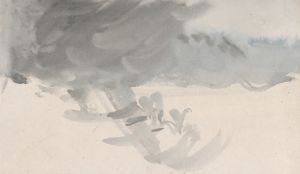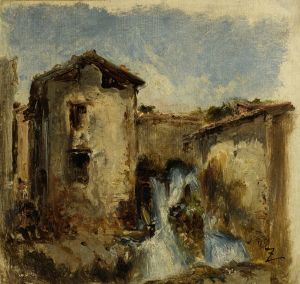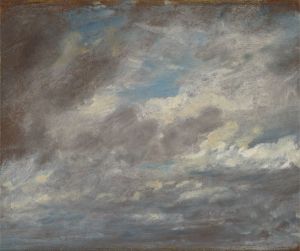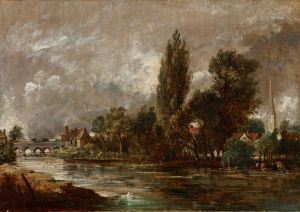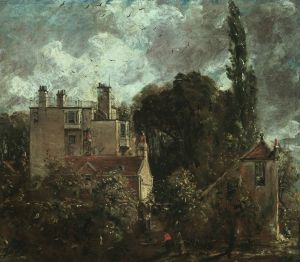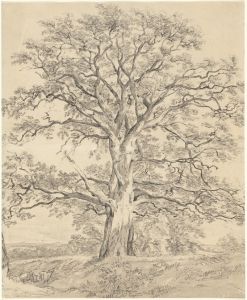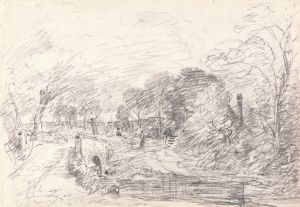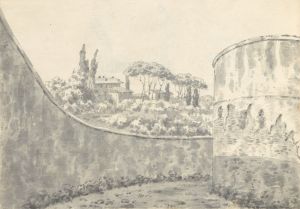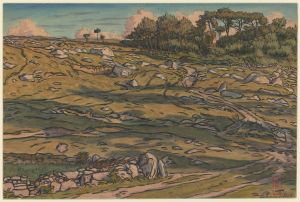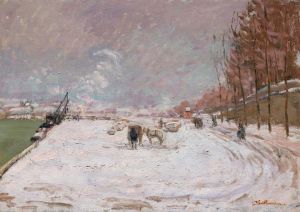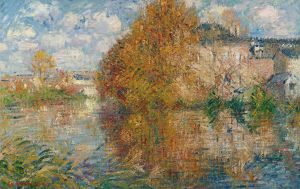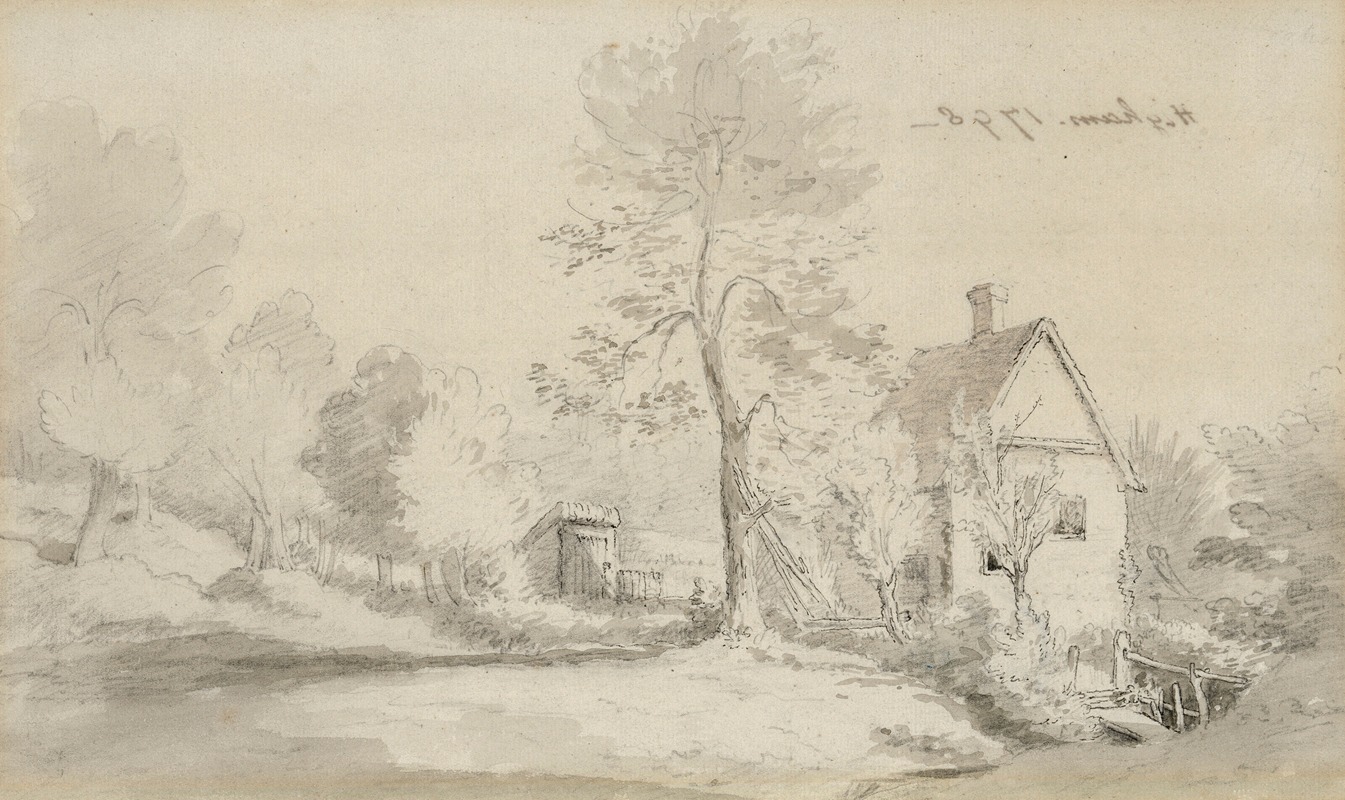
Higham, West of East Bergholt
A hand-painted replica of John Constable’s masterpiece Higham, West of East Bergholt, meticulously crafted by professional artists to capture the true essence of the original. Each piece is created with museum-quality canvas and rare mineral pigments, carefully painted by experienced artists with delicate brushstrokes and rich, layered colors to perfectly recreate the texture of the original artwork. Unlike machine-printed reproductions, this hand-painted version brings the painting to life, infused with the artist’s emotions and skill in every stroke. Whether for personal collection or home decoration, it instantly elevates the artistic atmosphere of any space.
John Constable's Higham, West of East Bergholt is a landscape painting created by the renowned English Romantic painter John Constable (1776–1837). Constable is celebrated for his depictions of the English countryside, particularly scenes from his native Suffolk, often referred to as "Constable Country." This painting, like many of his works, reflects his deep connection to the rural landscapes of England and his innovative approach to capturing natural light and atmosphere.
The painting portrays the village of Higham, located west of East Bergholt, Constable's birthplace. East Bergholt and its surrounding areas served as a significant source of inspiration for the artist throughout his career. The scene is characteristic of Constable's work, emphasizing the beauty of everyday rural life and the harmony between human activity and the natural environment. The composition likely includes elements such as open fields, trees, and possibly a glimpse of the village, though specific details of the painting's content are not widely documented.
Constable's technique in works like Higham, West of East Bergholt often involved a combination of plein air sketches and studio work. He was known for his ability to capture the transient effects of weather and light, which he achieved through his use of loose brushwork and a naturalistic palette. His landscapes were not idealized but rather grounded in careful observation, reflecting his belief in the importance of painting directly from nature.
The exact date of the painting is not clearly recorded, but it is consistent with Constable's broader body of work, which spans the late 18th and early 19th centuries. During this period, Constable was developing his distinctive style, which would later influence the Barbizon School and the Impressionist movement.
As with many of Constable's works, Higham, West of East Bergholt is valued for its ability to evoke a sense of place and its contribution to the Romantic movement in art. The painting exemplifies Constable's dedication to portraying the English countryside with authenticity and emotional resonance.
Further details about the painting's current location, dimensions, or provenance are not readily available in existing records.





